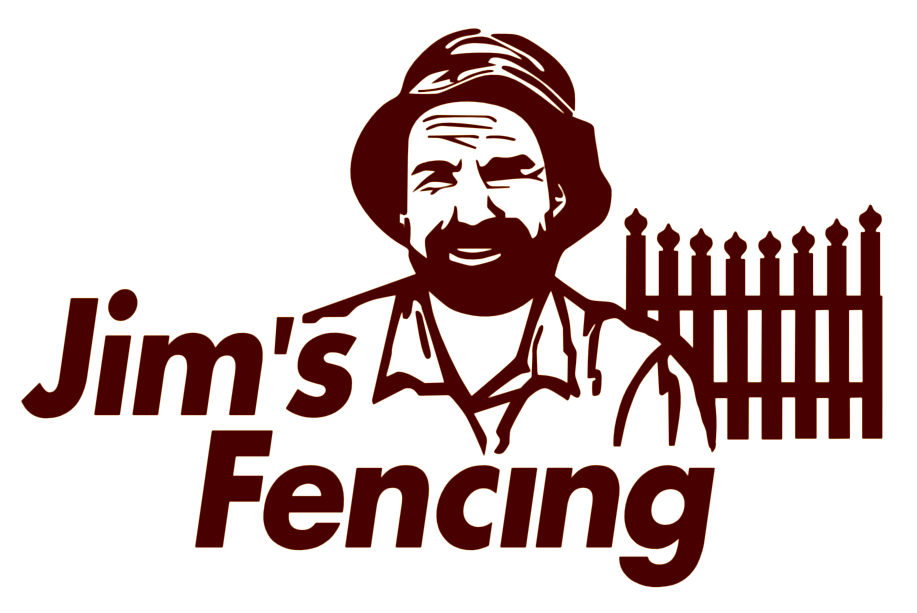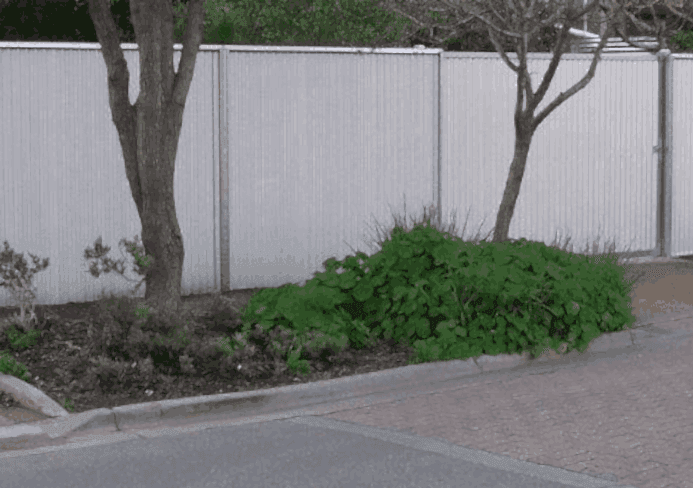In modern construction and landscaping, flexibility has become a central theme. Whether you’re designing a home, an office complex, or a public park, modular wall fencing has emerged as a versatile solution to meet diverse needs. These configurable systems offer an array of options that cater to different aesthetics, security requirements, and functional uses. This flexibility makes modular wall fencing an ideal choice for those seeking a customizable and adaptable design solution.
In this blog post, we will explore the key benefits of modular wall fencing, the various configurable options available, and practical tips for designing a flexible system that fits your specific needs.
Why Choose Modular Wall Fencing?
Modular wall fencing is gaining popularity because of its ability to adapt to a wide range of environments and requirements. Unlike traditional fencing systems, which may be rigid in both design and installation, modular fences are designed to be easily reconfigured, expanded, or altered as needs change. Here are some reasons why people are choosing modular wall fencing over conventional options:
- Customization: One of the primary advantages of modular fencing is its flexibility in design. You can choose from various materials, colors, heights, and finishes to suit your preferences. This makes it easier to match the aesthetic of your property or project.
- Ease of Installation: Modular wall fencing systems are often easier to install compared to traditional fencing. Since the panels are pre-fabricated and designed for easy assembly, they can be set up quickly with minimal disruption.
- Durability: Many modular fencing systems are designed to withstand harsh weather conditions, ensuring long-lasting durability with minimal maintenance.
- Cost-Effective: Due to the flexible and scalable nature of modular fencing, you can start small and expand later, making it a cost-effective solution. The materials used are often lightweight, leading to lower transportation and installation costs.
- Sustainability: Many manufacturers offer eco-friendly options, including fences made from recycled materials. Modular systems can also be disassembled and reused, reducing the environmental impact over time.
Configurable Options for Modular Wall Fencing
Now that we’ve discussed why modular fencing is a great option, let’s dive into the various customizable aspects of these systems. From material selection to design features, modular fencing offers a host of options to create the perfect wall for your needs.
1. Material Choices
One of the most important factors in designing a modular wall fence is the material used. Each material comes with its own advantages, so your choice will depend on your specific needs, including durability, aesthetics, and maintenance.
- Wood: Wooden panels offer a natural and rustic look, perfect for residential properties or outdoor spaces like gardens and parks. Though it may require more maintenance, wood provides a warm aesthetic that can be stained or painted to match the surrounding environment.
- Vinyl: Vinyl is a low-maintenance, durable option that doesn’t warp or rot. It’s resistant to pests and weather damage, making it a popular choice for both residential and commercial properties. Vinyl fences are available in various colors and styles, allowing for customization.
- Metal (Steel or Aluminum): Metal fencing offers superior strength and security. Steel is especially durable, while aluminum is lightweight and resistant to rust. Both can be powder-coated for added durability and color variety.
- Concrete: Precast concrete panels provide a robust and sturdy solution for security purposes. They are ideal for commercial properties, industrial sites, or anywhere that requires a high level of protection.
- Composite Materials: Combining the best aspects of wood and plastic, composite panels offer the appearance of wood without the high maintenance. These materials are often eco-friendly and resistant to rot, insects, and weathering.
2. Height and Width Configurations
Modular wall fences come in various heights and widths, allowing you to choose the dimensions that best suit your needs. If privacy is a primary concern, taller panels may be the best option, while shorter fences might be more suitable for decorative purposes.
- Privacy Fences: If you’re looking for a way to keep prying eyes away, privacy fences typically range from 6 to 8 feet in height. These are ideal for backyards, swimming pools, or areas where you need to create a secluded environment.
- Decorative Fences: For those who want to enhance the aesthetic appeal of a space without completely blocking the view, shorter panels (around 3-4 feet) work well for decorative purposes. These are often used in gardens or around front yards.
- Security Fences: When security is a concern, modular wall fencing can be designed with taller, more robust panels. These fences can be equipped with additional security features such as barbed wire, spikes, or cameras to ensure maximum protection.
3. Color and Finish Options
Choosing the right color and finish for your modular wall fencing is crucial in ensuring that it complements the surrounding environment. Most manufacturers offer a wide range of color options, from natural wood tones to sleek, modern hues like black, white, or grey.
- Natural Finishes: If you’re using materials like wood or composite, natural finishes can help maintain the organic look of the material while protecting it from the elements. These finishes are typically clear coats or stains that enhance the natural grain and color of the material.
- Painted Finishes: For those who prefer a more contemporary look, painted finishes are available in a wide range of colors. Many metal and vinyl fences can be powder-coated, offering an extra layer of protection along with color variety.
- Textured Finishes: Textured finishes can add depth and interest to your modular wall fence. Whether you opt for a smooth, sleek surface or a more rustic, stone-like texture, these finishes can enhance the overall design of the fence.
4. Panel Design and Patterns
One of the most exciting aspects of modular wall fencing is the ability to customize the design of the panels themselves. Here are some design options to consider:
- Solid Panels: Solid panels provide maximum privacy and security, blocking the view completely. These are ideal for residential properties or commercial spaces where privacy is a priority.
- Louvered Panels: Louvered designs allow for airflow and light to pass through while maintaining some level of privacy. These panels are perfect for gardens or pool areas where ventilation is important.
- Decorative Cutouts: For those looking to make a statement, panels with decorative cutouts or patterns can add a unique touch to your fencing. These designs can range from geometric shapes to intricate motifs that reflect your personal style.
- Mixed Materials: You can mix and match different materials, such as combining wood with metal accents, to create a visually striking design. This approach allows you to blend traditional and modern elements for a truly customized look.
5. Accessory Options
In addition to panels, modular wall fencing can be equipped with various accessories to enhance functionality and aesthetics.
- Gates: Matching gates can be added to your modular wall fencing system for easy access. These gates can be equipped with advanced locking mechanisms for added security.
- Lighting: Integrated lighting can enhance the appearance of your modular wall fence, especially at night. Solar-powered lights, LED strips, or traditional fixtures can be incorporated into the design for both safety and aesthetics.
- Trellises: Trellises can be added to the top of your fence to create additional height and support climbing plants. This adds a natural, decorative element to your fencing system.
Tips for Designing a Modular Wall Fencing System
- Assess Your Needs: Before choosing a modular wall fencing system, consider the primary function of the fence. Are you prioritizing privacy, security, or aesthetics? This will help guide your decision on the height, materials, and design.
- Consider the Environment: Take into account the surrounding environment when selecting materials and colors. For example, in a natural setting, wood or composite materials may blend more harmoniously, while metal or concrete could suit more urban environments.
- Plan for Future Expansion: One of the biggest advantages of modular fencing is the ability to expand or reconfigure the system later. Choose a design that allows for easy modification as your needs evolve.
- Budget Wisely: Modular wall fencing offers a range of cost options depending on the materials and features you select. While it’s tempting to go all out, make sure your choices align with your budget.
Conclusion
Designing with flexibility in mind is essential in today’s fast-changing world, and modular wall fencing offers an ideal solution for those seeking adaptability. With a wide range of configurable options, from materials to accessories, these systems can be tailored to meet both functional and aesthetic requirements. Whether you’re looking to enhance privacy, security, or simply add a decorative element to your space, modular fencing provides the flexibility to create a design that fits your needs perfectly.
Embrace the future of fencing with modular designs, and enjoy the benefits of a system that grows and evolves with you! Contact us today to learn more.

